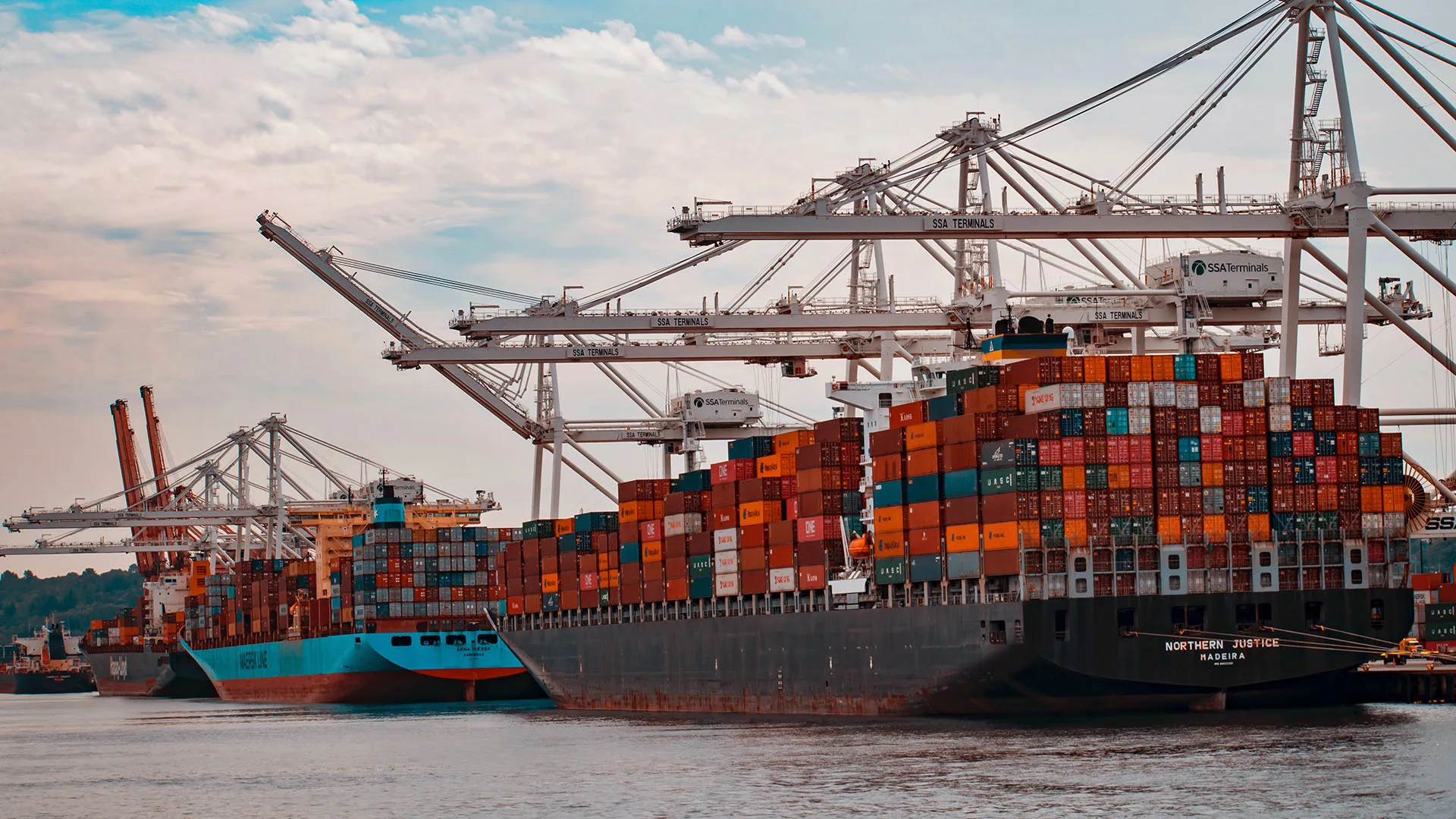Published on
Table of contents
Food mileage refer to the distance food travels before reaching our plates. This mileage not only contributes to greenhouse gas emissions, but also generates other, less known, negative impacts. By tweaking our consumption habits, we can limit these environmental and health impacts.
What are the consequences of food mileage?
Greenhouse gas (GHG) emissions

Before being eaten, our food travels an average of 2,500 km. For example, a Mexican tomato – that was still a little green when it was picked – travels over 3,000 km in a refrigerated truck before arriving in Quebec. A single delivery truck can add more than 4.5 tonnes of GHG emissions to the atmosphere. This voyage has quite the impact, especially when you consider that Quebec has over 1,550 farmers who produce vegetables for local consumption!
Did you know that Équiterre contributed to a report on how to lower emissions from transport trucks in Montreal?
Overpackaging
In order to survive the trip and storage conditions, to facilitate distribution and to ensure its attractiveness upon arrival, transported food is packaged, and in some cases, overpackaged. This requires large amounts of plastic and cardboard – so much so that food industry packaging accounts for 70% of all packaging in Quebec.
How to reduce food packaging
pdf - 0.82 mb Réduction des emballages alimentaires
See document
Loss of freshness
Because of the time they will spend in transit, most imported fruits and vegetables must be picked before they are ripe. So instead of ripening on the plant in the sun, they ripen in a truck. And sometimes, ripening agents are needed to accelerate the process. When food mileage and travel time between producer and consumer are shortened, food can be harvested when ripe and eaten shortly thereafter.
🌎 Did you know?
The nutritional value of food begins to deteriorate upon harvesting. So imagine how much nutritional value remains once a raspberry makes the 9,000 km trek from Chile!
The quality standards in the area of origin
Food that comes from another country or continent may have been produced in unknown or inadequate conditions. Working conditions in some countries may be very poor (low pay, poor job security, long hours, inadequate equipment and few if any work benefits).
Fair, respectful, accessible food
pdf - 0.85 mb Fiche alimentationrespectueuse
See document
What’s the real solution? Eat local food, when it's in season!
Buy local to reduce your GHG footprint
By buying local products through a short supply chain (with few intermediaries between producer and consumer), you can avoid food shipped from great distances and thereby reduce your environmental footprint.
Buying local to reduce food packaging
Local products are not prone to overpackaging, because they only go a short distance, and therefore generate less garbage. What’s more, buying local give you the opportunity to select your produce, and may give you greater access to buying in bulk.
Buying local - A key ingredient to eating fresh, seasonal food and making the most of our abundant harvests
A simple way to avoid food transported from far away is to buy local food in season – which is to say, during our farms’ peak harvest seasons in summer and fall. Buying in season has the added advantage of saving money and being able to buy larger quantities for canning, storage or freezing – food we can then eat all year long. Not to mention that when fruits and vegetables are harvested at maturity, their nutritional value is at its peak, allowing consumers to fully benefit from the food’s vitamins and nutrients.
pdf - 1.69 mb Calendrier de disponibilité des fruits et légumes
See documentpdf - 2.96 mb Guide de conservation
See document
Buying local encourages local businesses
Buying local instead of food that has travelled great distances helps spur the local economy, create jobs, preserve Quebec’s agricultural heritage and contribute to our food autonomy, to name just a few of the benefits.
Lower food mileage translates into greater autonomy
The public health crisis reminded us of the importance of food autonomy. The closing of borders and the trade bottlenecks for certain products made us realize just how essential it is to be able to produce and process here at home a greater portion of what we consume.




